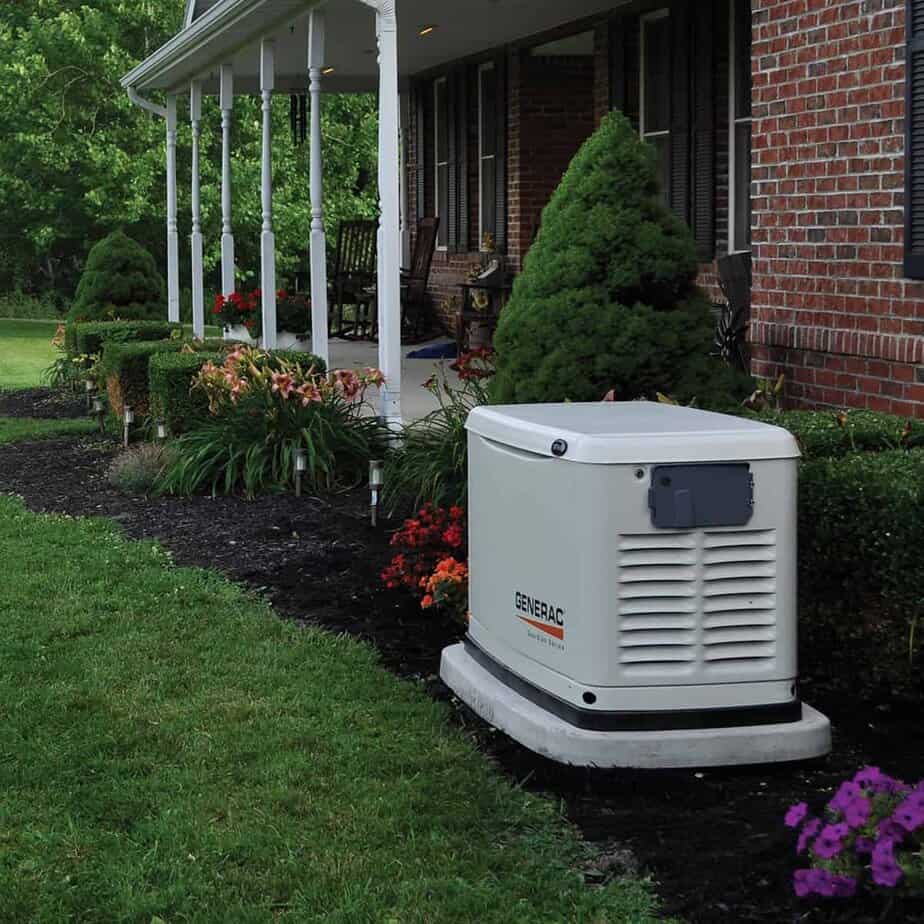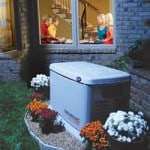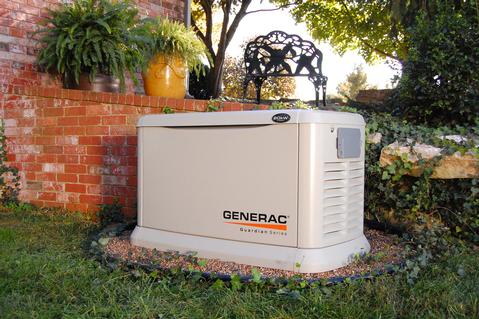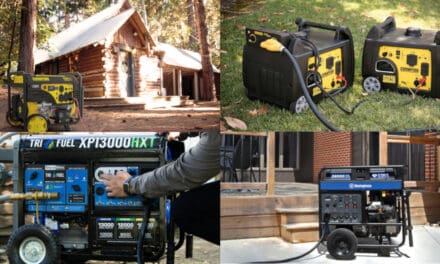There are a number of factors a homeowner should consider when selecting a standby generator. Generator manufacturers offer a wide selection of models to meet various requirements that include fuel types, power levels and noise levels, along with various packages that include transfer switches and accessories.
Your local building code enforcement agency is your first stop in selecting a standby generator for home use. Most communities will have a standard set of regulations that govern the installation and use of standby generators.
Essential Needs
Before choosing a model, a homeowner should determine what critical systems and conveniences the generator will supply with electrical power. Determine the correct size from available home generators to power your home during an emergency, and then factor in the frequency and length of outages to determine the home generator that best meets your needs. Remember that larger generators use more fuel even if you only turn a few lights on.
A minimal installation that keeps the heat on, the sump pump running, powers a few lights and prevents food from spoiling in refrigerators and freezers will cost less initially and use less fuel in the long run. Choose generators for this type of installation in areas where short-term power outages lasting a day or less are the most common.
When power outages often last days or even weeks, home generators that offer more capacity will keep you comfortable during extended outages. Select a home generator to keep the air conditioner or furnace running, operate your basic kitchen appliances and other essentials along with a few conveniences.
Fuel Types
Most common are natural gas generators (NG) or liquefied petroleum gas (LP Gas), often referred to as propane generators. Generators that operate on diesel fuel are less common, but are sometimes used in remote areas also.
Rural homes and farms usually don’t have a supply of natural gas readily available. This makes LP gas stored in tanks more attractive as a rural generator fuel. Most gas fueled generators convert easily between LP gas to natural gas by a qualified installer.
Urban areas have natural gas distribution systems as part of the community infrastructure, along with water, sewer and electrical supplies. Natural gas generators are much more common in these areas since they can connect directly to a home’s existing natural gas supply.
However, LP gas is more reliable in areas prone to earthquakes which may interrupt natural gas supplies. Some communities have building codes which prohibit large LP gas tanks which is another consideration.
Factor in fuel use when you choose your generator. A 20KW generator uses about two gallons of LP gas per hour when operating at up to 50 percent capacity, and about four gallons per hour at full load. At that rate, generators will empty a standard 500 gallon LP gas tank in less than a week. A home generator using natural gas will use a similar amount in terms of fuel cost, but as long as the supply remains uninterrupted, so will your power.
Noise Considerations
Many communities have building codes that restrict continuous noise and that may include standby home generators. Modern generators operating on LP or NG are quiet enough to meet many community standards, but it is important to pick a manufacturer and model that operates within building code regulations. 20 kilowatt standby generators will usually operate between 65 and 70db, while many central air conditioning units are noisier at 65 to 80 db.
Norwall Powersystems has a wide variety of LP and NG generators for sale. Check with your local building code enforcement department to ensure the unit you select meets local codes.
















